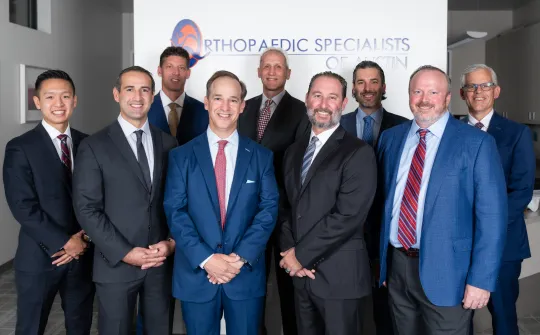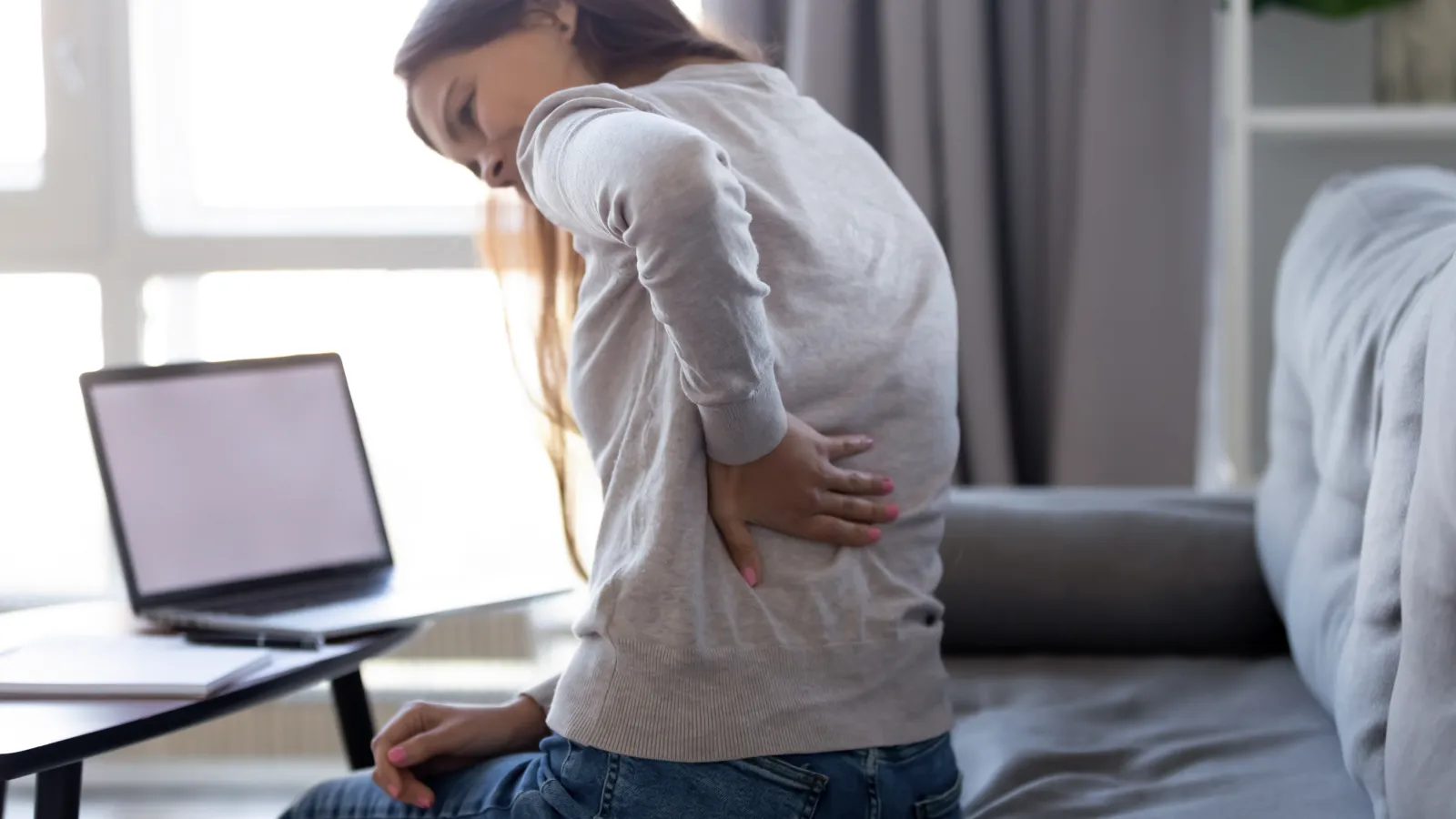
Endoscopic Discectomy
Surgical Treatment
Conservative Surgical Treatment for a Herniated Disc
When a patient starts developing a herniated disc, a discectomy is sometimes necessary to remove the damaged fragments and alleviate painful symptoms. Our doctors offer endoscopic discectomy, which is an advanced approach that uses smaller incisions than traditional methods and provides a faster recovery. At Orthopaedic Specialists of Austin, with offices in both Leander and Austin, TX, we work to provide patients with the most effective treatment options to eliminate pain and restore mobility.
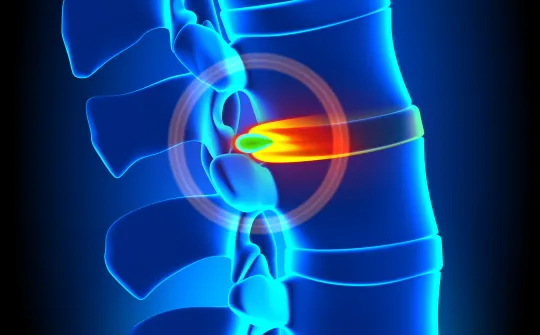
Symptoms of a Herniated Disc
You may not experience pain from a herniated disc right away. As the disc begins pinching one or more nerves in the back, you may notice:
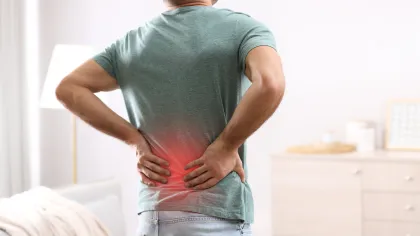
Muscle spasms

Overall fatigue
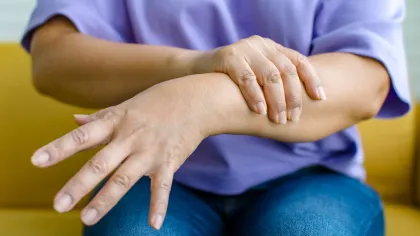
Numbness or tingling
In the arms, legs, hands, or feet

Muscle weakness
Making it difficult to stand or pick up items
Understanding the Function of Spinal Discs
Our spine consists of 23 discs which serve several functions. First, they act as shock absorbers between the vertebrae of the spine. They also function as ligaments to hold the vertebrae together. Finally, these structures function as joints to allow slight movements in the spine.
Each spinal disc consists of two parts: a tough outer layer and a soft inner core. Sometimes, the soft core pushes past the outer layer. This condition is known as disc herniation, although you may hear it referred to as a slipped or ruptured disc. The herniated disc can pinch nearby nerves, causing complications.
What Causes a Herniated Disc?
The most common cause of a herniated disc is gradual disc degeneration. Newborn babies' spinal columns consist of about 80 percent water. Over time, the discs become more and more dehydrated. This causes them to lose their flexibility, which can lead to herniation. Lifting with your back rather than your legs and twisting as you lift can also lead to disc herniation.

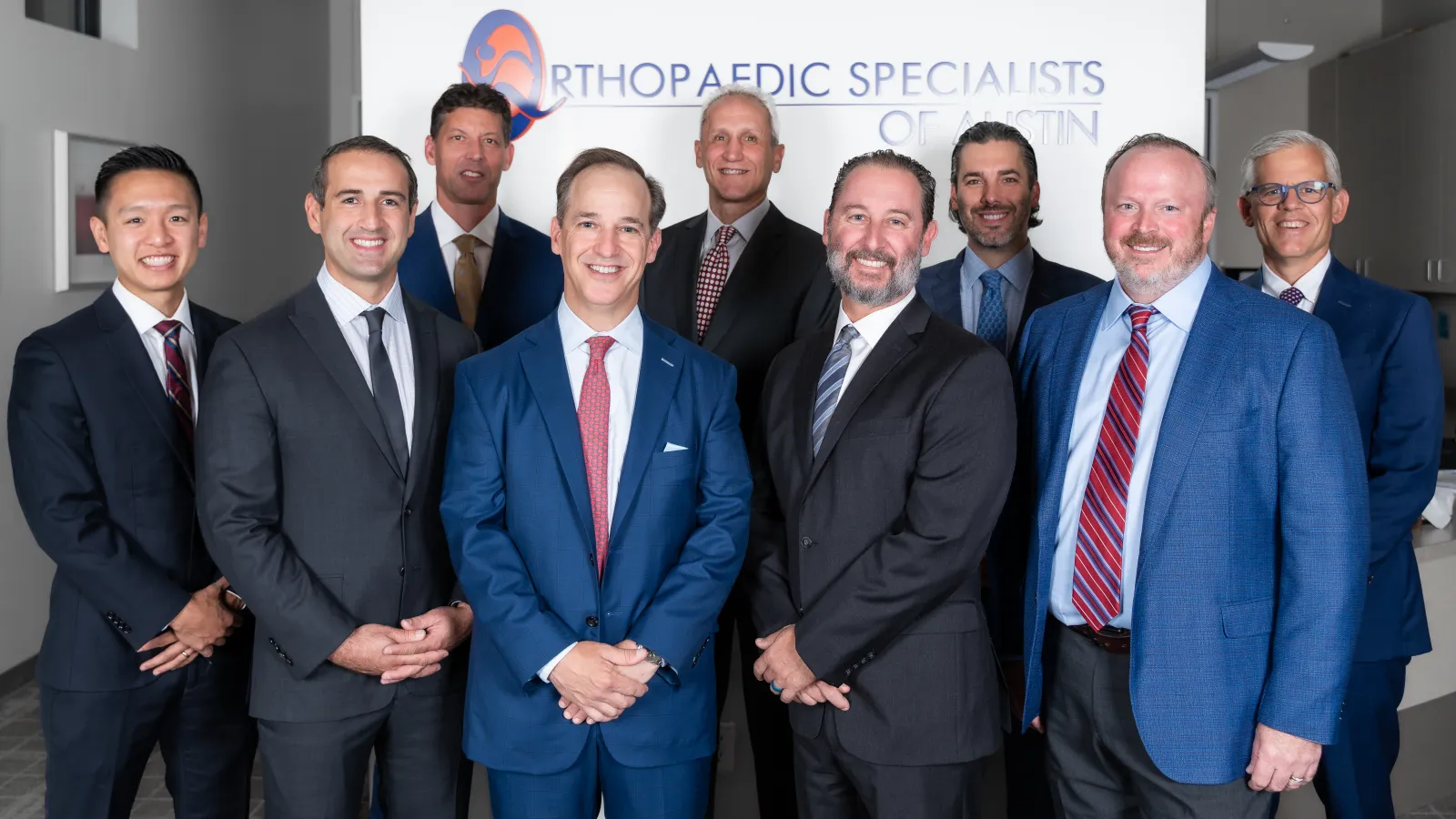
Treatment Options
Non-Surgical
Our doctors prefer to try more conservative treatment options first. This may include various types of medications, such as muscle relaxers or pain killers, or a combination of the two. It may also include cortisone injections, which can reduce swelling and inflammation. We may recommend combining these treatments with physical therapy.
When non-surgical treatments are unsuccessful at relieving pain from a herniated disc, discectomy can alleviate numbness, pain, and other symptoms.
Endoscopic Discectomy
Find Relief from Your Back Pain
If you are experiencing symptoms of a herniated disc, such as numbness or muscle weakness, contact Orthopaedic Specialists of Austin online today or call (512) 476-2830 to schedule a consultation with one of our specialists. We can take diagnostic images and tests to locate the herniated disc, and then review your treatment options with you.
